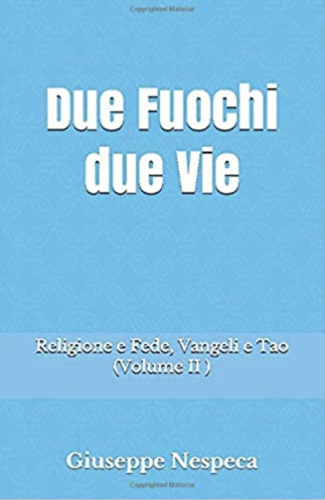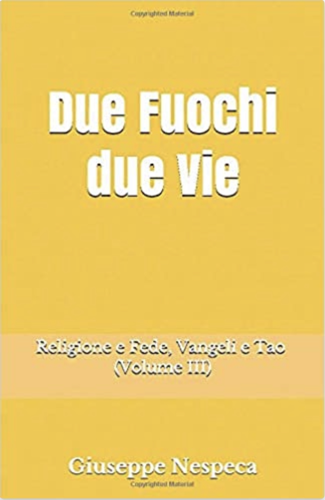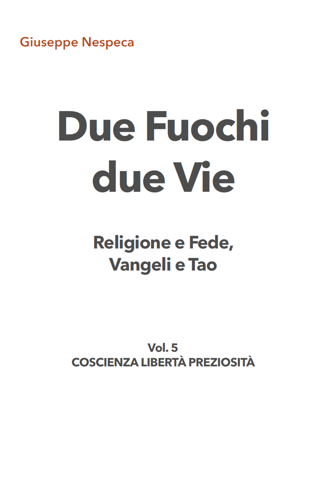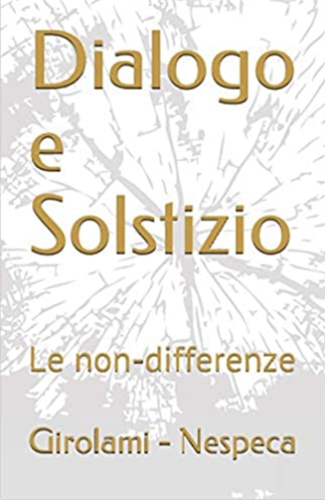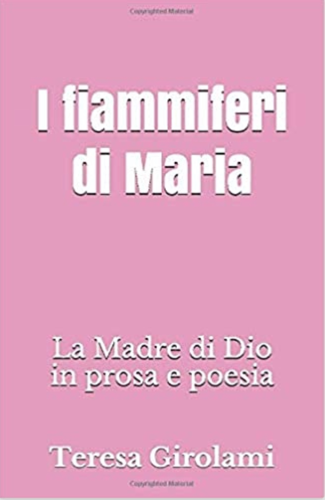The theme of blood, linked to that of the Paschal Lamb, is of primary importance in Sacred Scripture. In the Old Testament, aspersion with the blood of sacrificed animals represented and established the covenant between God and his People, as we read in the Book of Exodus: "and Moses took the blood and threw it upon the people, and said, "Behold the blood of the covenant which the Lord has made with you in accordance with all these words' " (Ex 24: 8).
Jesus refers explicitly to this formula during the Last Supper, when, offering the cup to the disciples, he says: "This is my blood of the covenant, which is poured out for many for the forgiveness of sins" (Mt 26: 28). And effectively, from the scourging to the piercing of his side after his death on the Cross, Christ poured out all his Blood as the true Lamb sacrificed for the redemption of all. The salvific value of his Blood is expressly stated in many passages of the New Testament. It suffices to mention, in this Year for Priests, the beautiful words of the Letter to the Hebrews: "Christ... entered once for all into the Holy Place, taking not the blood of goats and calves but his own Blood, thus securing an eternal redemption. For if the sprinkling of defiled persons with the blood of goats and bulls and with the ashes of a heifer sanctifies for the purification of the flesh, how much more shall the Blood of Christ, who through the eternal Spirit offered himself without blemish to God, purify your conscience from dead works to serve the living God" (9: 11-14).
Dear Brothers, it is written in Genesis that the blood of Abel, killed by his brother Caine, cries to God from the earth (cf. 4: 10). And, unfortunately, today as in the past, this cry never ceases, as human blood continues to be shed because of violence, injustice and hatred. When will human beings learn that life is sacred and belongs to God alone? When will they understand that we are all brothers and sisters? To the cry which rises from so many parts of the earth for the blood that is spilled, God responds with the Blood of his Son, who gave his life for us. Christ did not respond to evil with evil but with goodness, with his infinite love. The Blood of Christ is the pledge of God's faithful love for humanity. Every human being, even in conditions of extreme moral wretchedness can say, fixing his eyes on the wounds of the Crucified One: "God has not abandoned me, he loves me, he has given his life for me", and thus rediscover hope. May the Virgin Mary, who at the foot of the Cross together with the Apostle John received the testament of Jesus' Blood, help us to rediscover the inestimable richness of this grace and to feel deep and everlasting gratitude for it.
[Pope Benedict, Angelus 5 July 2009]






